In a stunning archaeological discovery that bridges the gap between myth and history, a massive marble bust of Zeus has been unearthed in western Turkey. This remarkable find, with its piercing gaze and imposing 22-inch height, offers a glimpse into the artistic mastery of the ancient world.
Discovered near the ruins of Aphrodisias, a city once renowned as a sculpting powerhouse of the Roman Empire, this Zeus head is more than just a relic—it’s a testament to the intersection of divine veneration and human craftsmanship. Join us as we explore the significance of this colossal find, its connection to the fabled city of Aphrodisias, and what it reveals about the artistic and cultural landscape of antiquity.
Zeus in Mythology
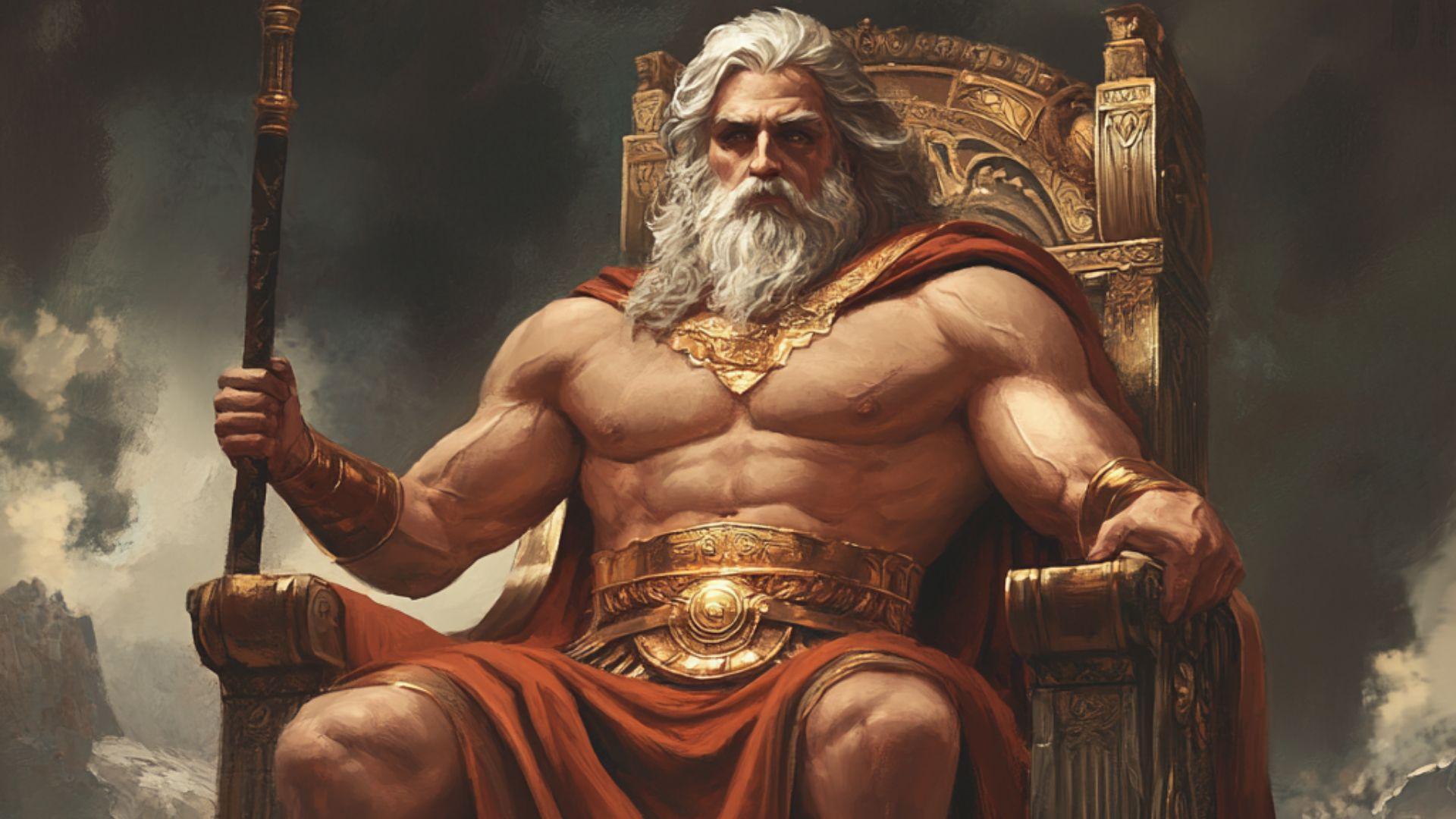
Zeus, king of the Greek gods, embodied power and authority in ancient mythology. His dominion over the sky, thunder, and lightning made him a central figure in both Greek and Roman pantheons. The discovery of this colossal bust in Aphrodisias underscores his enduring importance across cultures.
The statue’s imposing size and detailed craftsmanship reflect the reverence held for Zeus. This find provides tangible evidence of how divine concepts were materialized through art, offering insights into the religious practices and beliefs of ancient civilizations. It serves as a bridge between myth and historical reality, demonstrating the integral role of gods in everyday life and governance.
Aphrodisias: Sculpting Hub
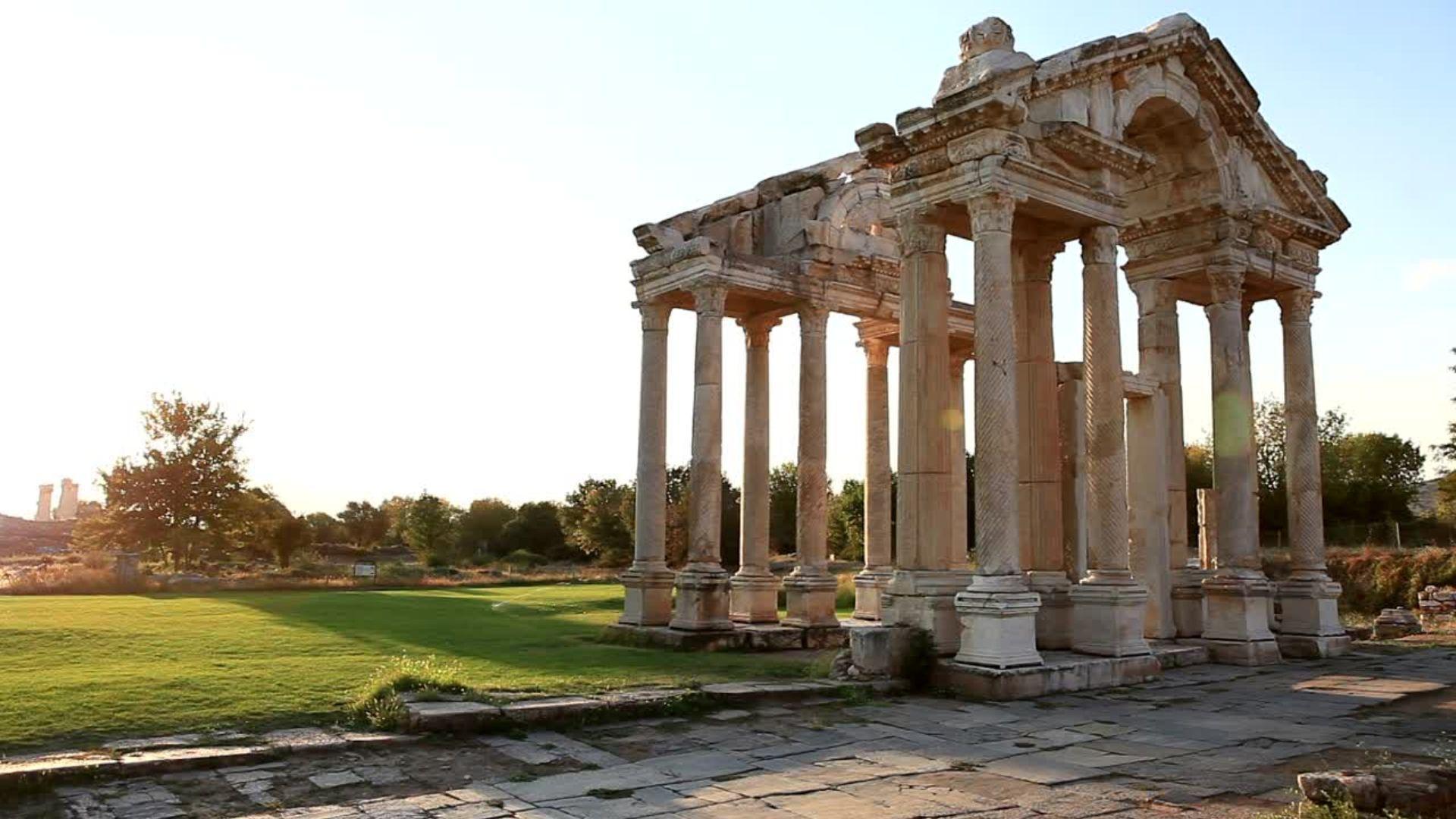
Aphrodisias, named after Aphrodite, the goddess of love, was more than just another city in the Roman Empire. Its proximity to rich marble quarries transformed it into a renowned center for sculpture, attracting skilled artisans from across the ancient world. The city’s workshops produced exquisite statues, portraits, and architectural elements that adorned buildings throughout the empire.
The discovery of the Zeus bust near the Temple of Aphrodite highlights the city’s artistic prowess. It showcases the high level of craftsmanship that made Aphrodisian sculptors highly sought after. This find not only adds to our understanding of the city’s artistic output but also illuminates its economic and cultural significance within the broader context of the Roman world.
Ancient Marble Impact

The abundance of marble near Aphrodisias profoundly shaped the ancient world’s artistic landscape. This readily available, high-quality stone enabled sculptors to create intricate, durable works of art that have survived millennia. The Zeus bust exemplifies the enduring nature of marble artifacts, preserving ancient artistry for modern eyes.
Beyond aesthetics, marble’s prevalence influenced architecture, trade, and even geopolitics. Cities with access to marble quarries, like Aphrodisias, gained economic power and cultural prestige. This material connection between natural resources and artistic output offers insights into the complex interplay of geography, economics, and culture in shaping ancient civilizations.
Architectural Console Mystery

The Zeus bust’s apparent connection to an architectural console presents an intriguing puzzle for archaeologists. This detail suggests the head may have been part of a larger decorative scheme rather than a freestanding statue. Such architectural elements were common in Roman buildings, blending functionality with artistic expression.
This discovery prompts questions about the structure that once housed this impressive piece. Was it a temple, a public building, or perhaps a wealthy individual’s home? The console’s presence invites speculation about Roman architectural practices and how they incorporated divine imagery into everyday spaces, blurring the lines between the sacred and the secular.
Caesar’s Divine Lineage
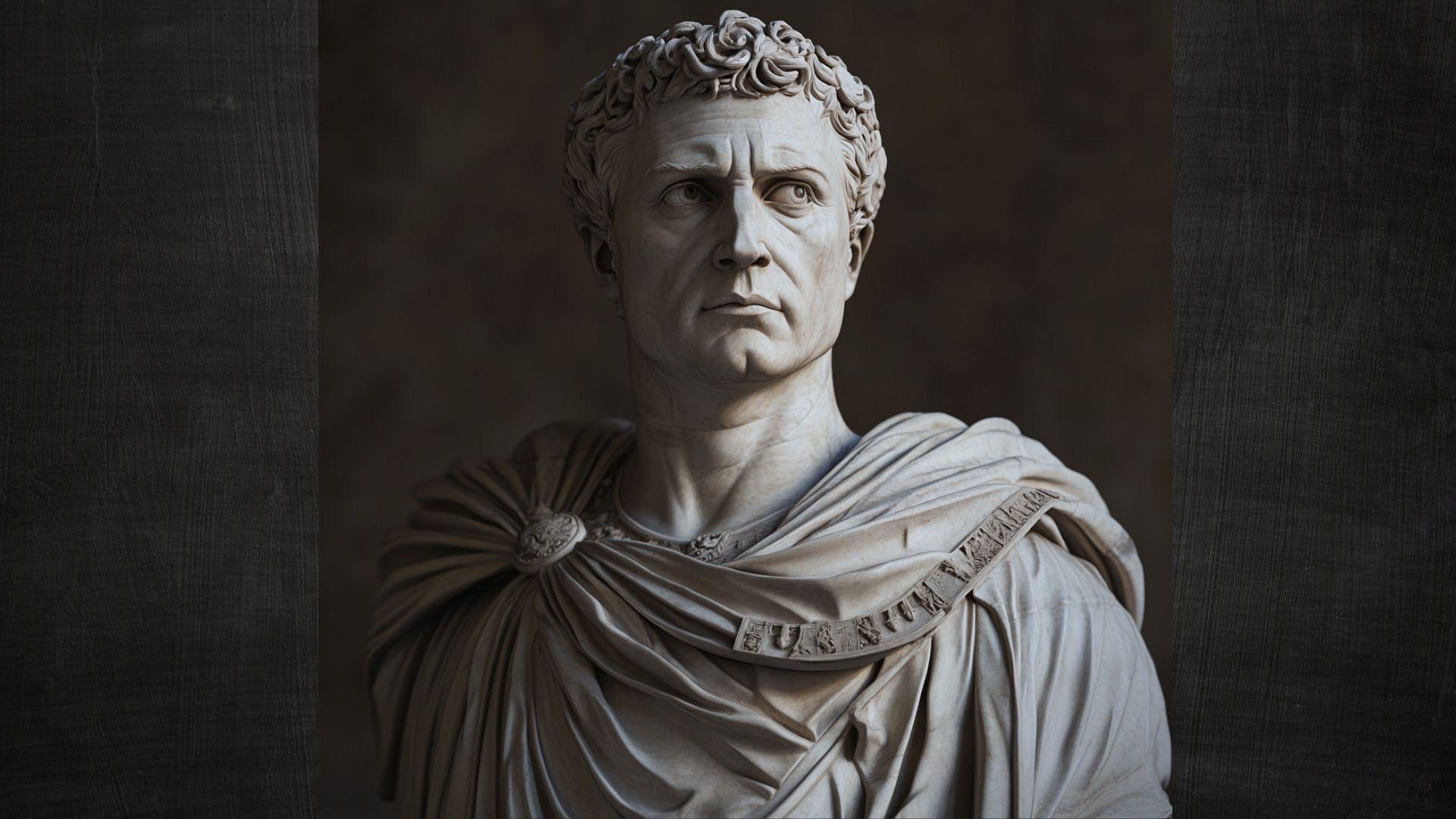
Julius Caesar’s claim of descent from Venus (Aphrodite) was a masterful stroke of political propaganda. By associating himself with the goddess of love, Caesar legitimized his power and elevated his status to near-divine levels. This claim resonated particularly strongly in Aphrodisias, a city dedicated to the goddess.
The presence of both Aphrodite’s temple and Zeus’s image in Aphrodisias reflects the complex religious and political landscape of the Roman world. It demonstrates how mythological connections were leveraged for political gain, and how cities like Aphrodisias became important symbols in the broader narrative of imperial power and divine right.
Aphrodite Temple Significance
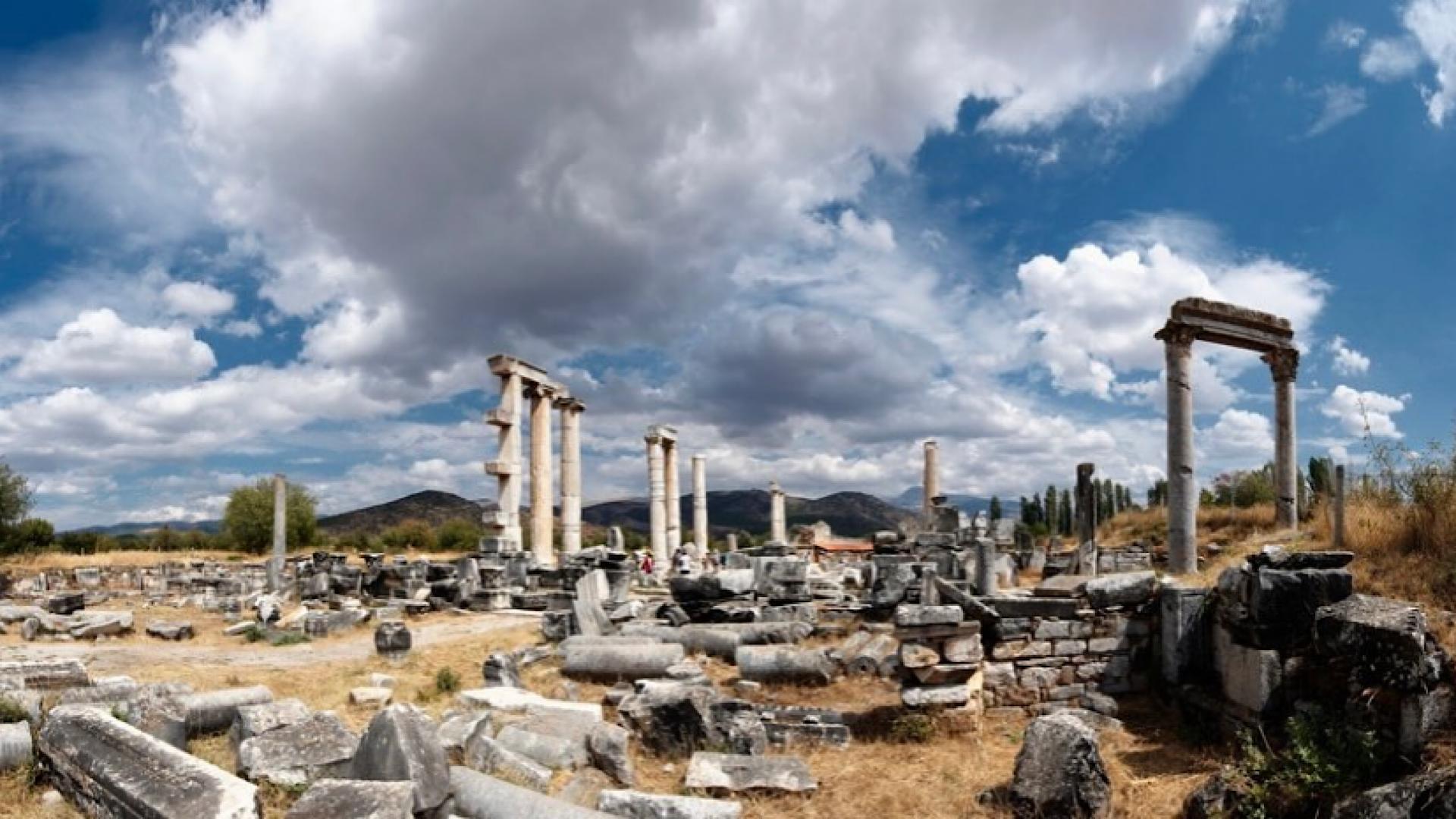
The Temple of Aphrodite, as the first major structure in the city center, served as the heart of ancient Aphrodisias. Its prominence underscores the importance of the goddess in the city’s identity and daily life. The temple likely played a crucial role in religious ceremonies, civic gatherings, and as a symbol of the city’s prestige.
The discovery of the Zeus bust near this temple raises intriguing questions about the relationship between different cults in the city. It suggests a rich religious landscape where various deities were honored, reflecting the syncretism common in the Roman world. The temple’s enduring remains and associated artifacts provide valuable insights into ancient religious practices and urban planning.
Greek God Statuary
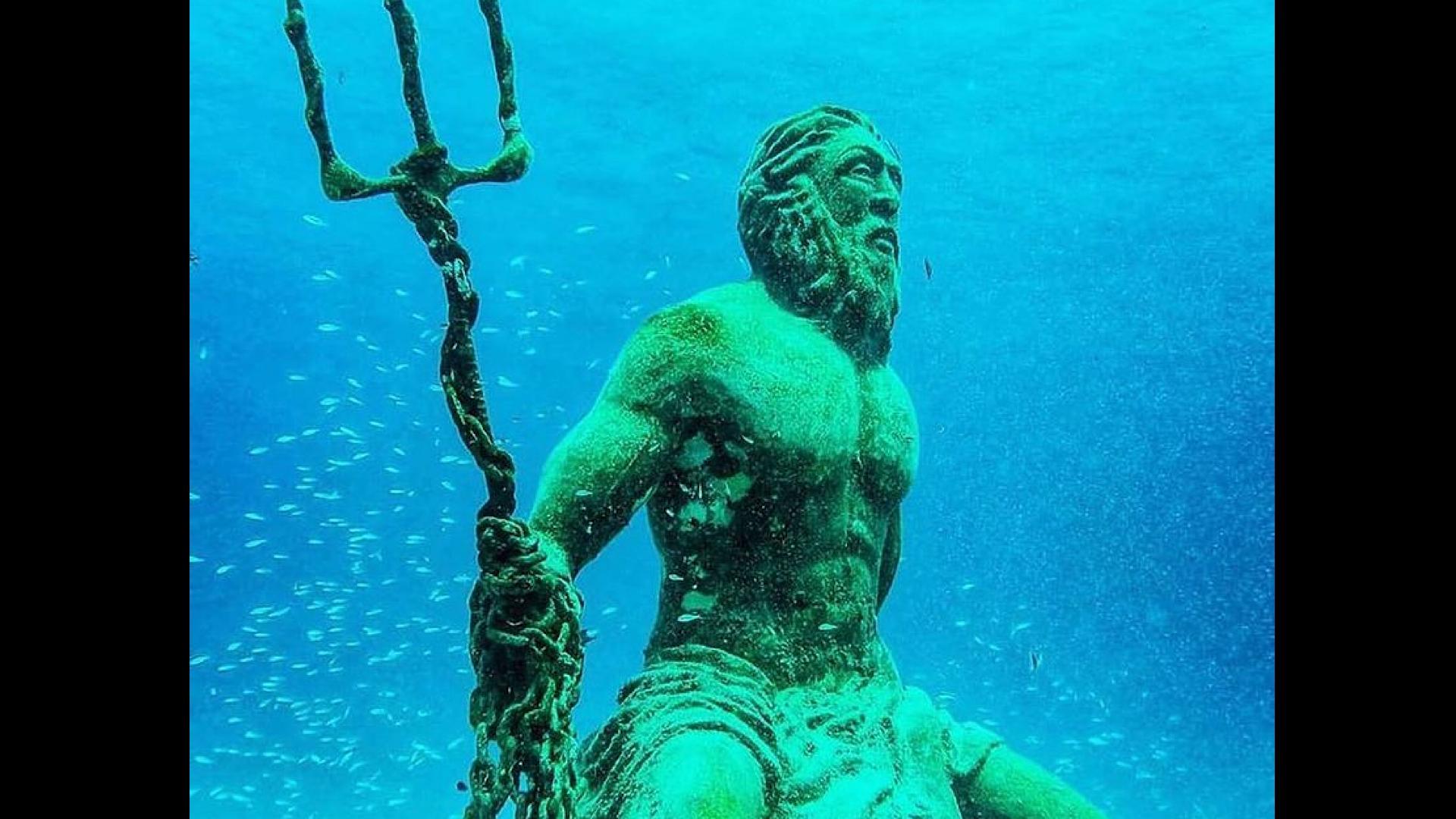
The creation of god statues was a hallmark of Greek and Roman art, serving both religious and aesthetic purposes. These statues, like the Zeus bust, were not mere decorations but embodiments of divine presence in the mortal world. They played a crucial role in worship practices and public life, often becoming symbols of civic pride.
The craftsmanship evident in the Zeus bust from Aphrodisias exemplifies the high standards of ancient statuary. Its expressive features and monumental scale demonstrate the sculptors’ skill in bringing divine concepts to life. This tradition of god statuary provides a window into ancient perceptions of the divine and the role of art in mediating between the human and the godly.
Aphrodisias’ Artistic Decline
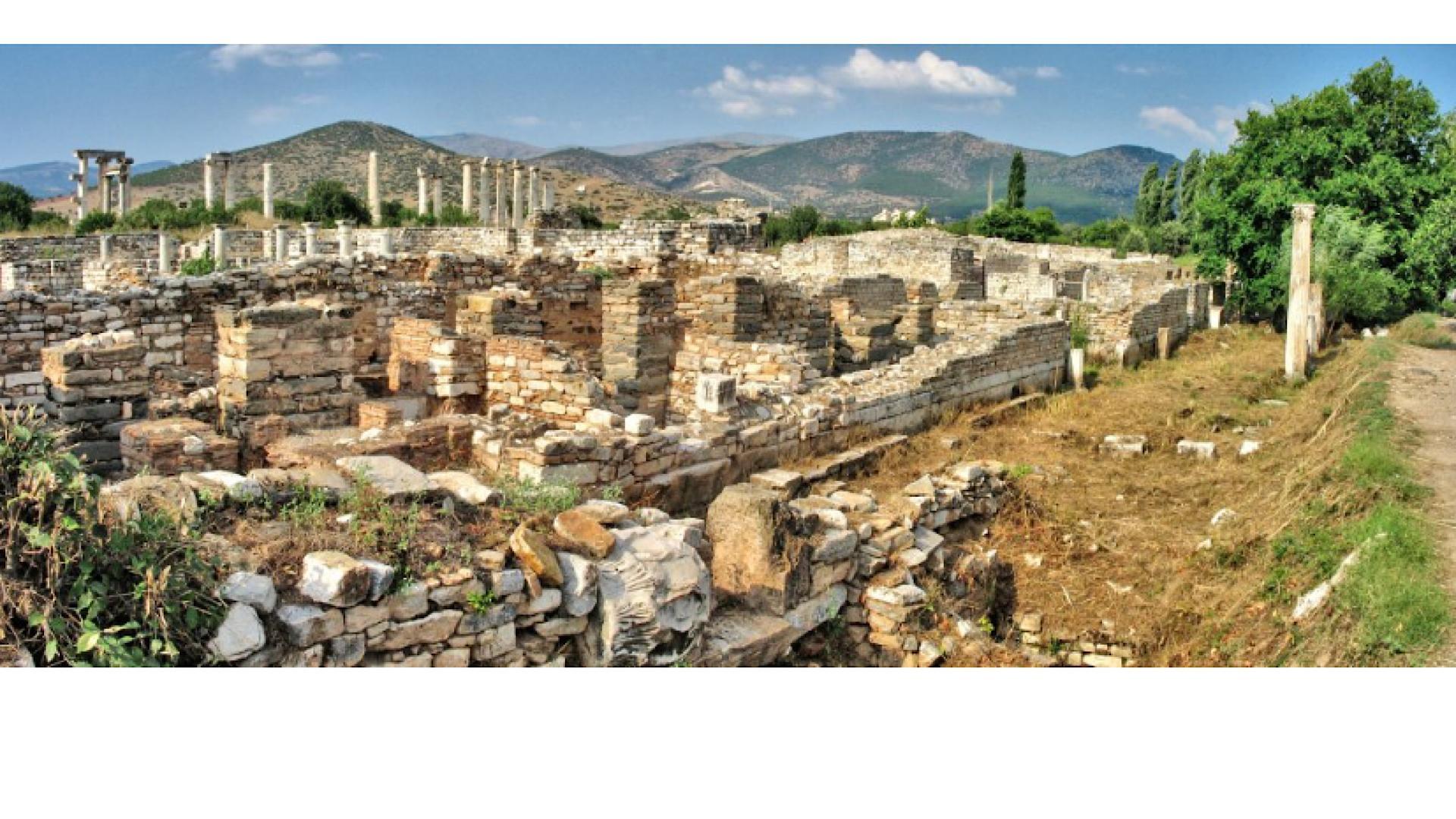
The fall of Aphrodisias as an artistic powerhouse is a poignant reminder of the fragility of cultural centers. The earthquake of 7 AD marked a turning point, devastating the city’s infrastructure and disrupting its thriving artistic community. This natural disaster, coupled with changing economic and political landscapes, led to a gradual decline in Aphrodisias’ prominence as a sculpting hub.
The city’s inability to fully recover from this setback highlights the complex factors that sustain artistic communities. Economic stability, political favor, and intact infrastructure were all crucial to Aphrodisias’ earlier success. The discovery of artifacts like the Zeus bust offers a bittersweet glimpse into the city’s former glory, serving as a testament to the heights from which it fell and the enduring legacy of its artistic achievements.
Marble Artifact Preservation
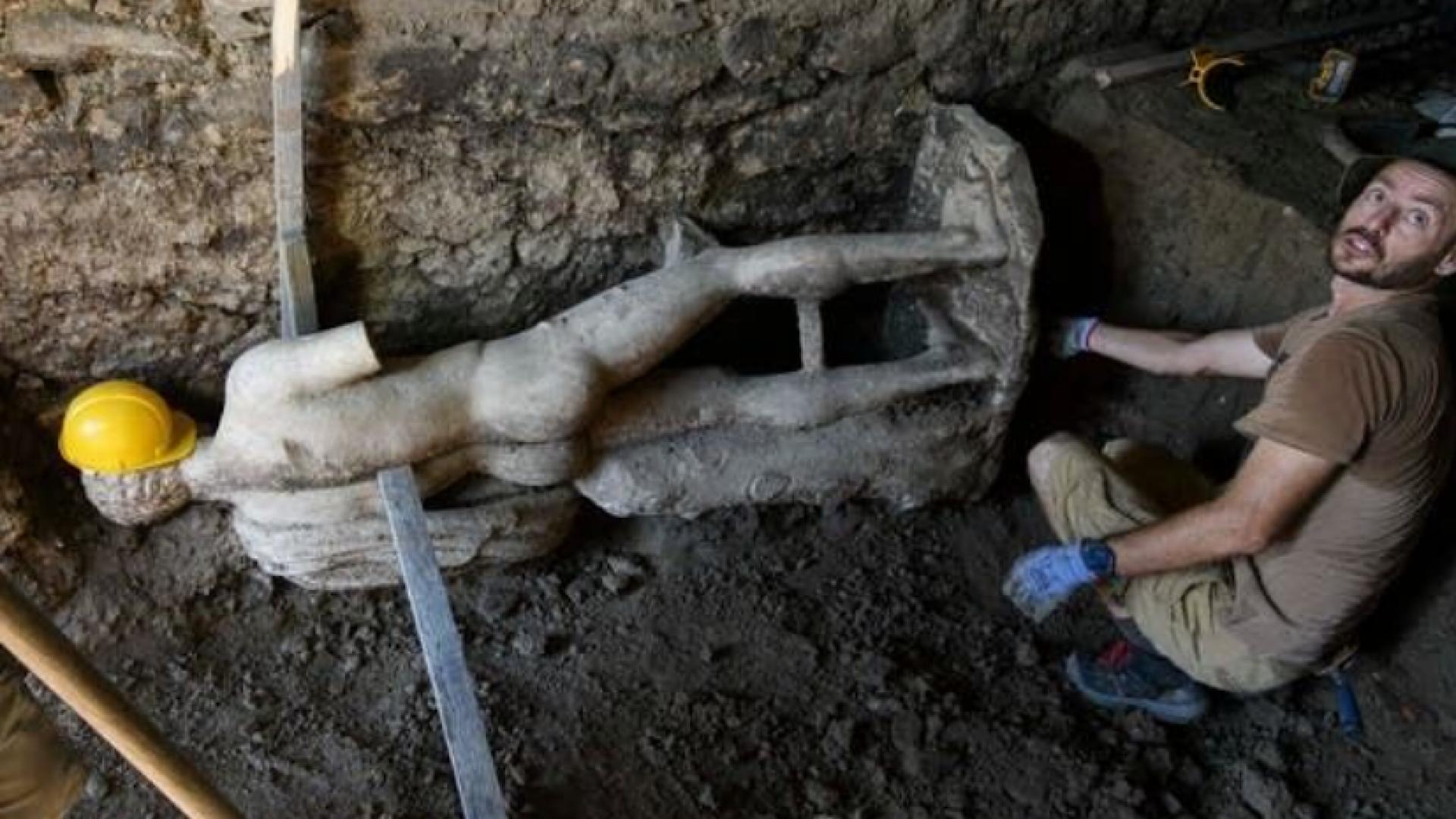
The preservation of marble artifacts like the Zeus bust presents unique challenges and opportunities for archaeologists and conservators. Marble’s durability has allowed many ancient works to survive, but it’s not impervious to the ravages of time. Factors such as weathering, pollution, and human interference can all contribute to degradation.
Modern preservation techniques combine cutting-edge technology with time-honored methods. From careful cleaning and restoration to climate-controlled storage and display, every step is crucial in maintaining these priceless artifacts. The Zeus bust’s remarkable condition after millennia underground speaks to both the quality of ancient craftsmanship and the importance of proper excavation and preservation techniques. These efforts ensure that such treasures continue to provide insights into ancient cultures for generations to come.

